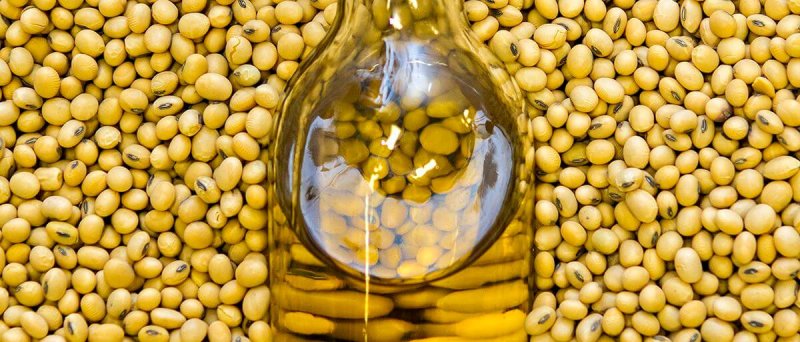This fall, soybeans grown by 78 farmers in Minnesota, South Dakota, and Iowa churned out of combine augers into awaiting trucks destined for a new type of market.
They’re high-oleic soybeans developed by Calyxt, a Roseville, Minnesota, company. These soybeans differ from conventional soybeans in that they have a fatty acid profile that contains 80% heart-healthy oleic acid. Monounsaturated fats – such as oleic acid – have been linked to reducing low-density lipoprotein (LDL) cholesterol (the bad kind) and triglycerides while raising high-density lipoprotein (HDL) cholesterol (the good kind).
These soybeans also have 20% less saturated fatty acids (they’re bad) compared with commodity soybean oil and zero trans fats. Trans fats are unhealthy fats that the U.S. Food and Drug Administration (FDA) banned earlier this year.
…
Still, there’s one factor that separates Calyxt soybeans from others. They’re gene-edited using a tool called TALEN. It’s akin to a customized DNA scissors that binds and cleaves preselected DNA sequences to create a desired trait like the one in Calyxt’s high-oleic soybeans. Developed before other gene-editing tools like CRISPR-Cas9, TALEN is proprietary to Calyxt.
Farmers quickly accepted genetically modified crops….Consumers? Given the resistance of many to genetically modified foods, not so much. Calyxt officials hope this changes with gene-edited products like high-oleic soybeans.
One reason Calyxt officials are optimistic is because they say the firm’s gene-edited soybean has consumer-friendly benefits….
Read full, original article: HIGH-OLEIC SOYBEANS OUT OF THE LAB, INTO THE FIELD































